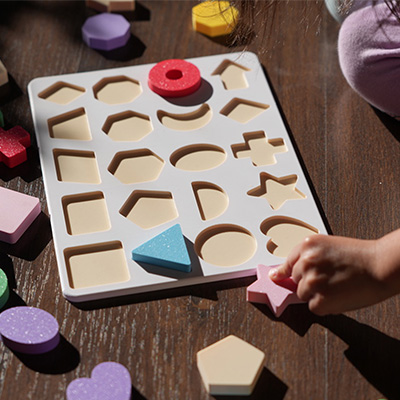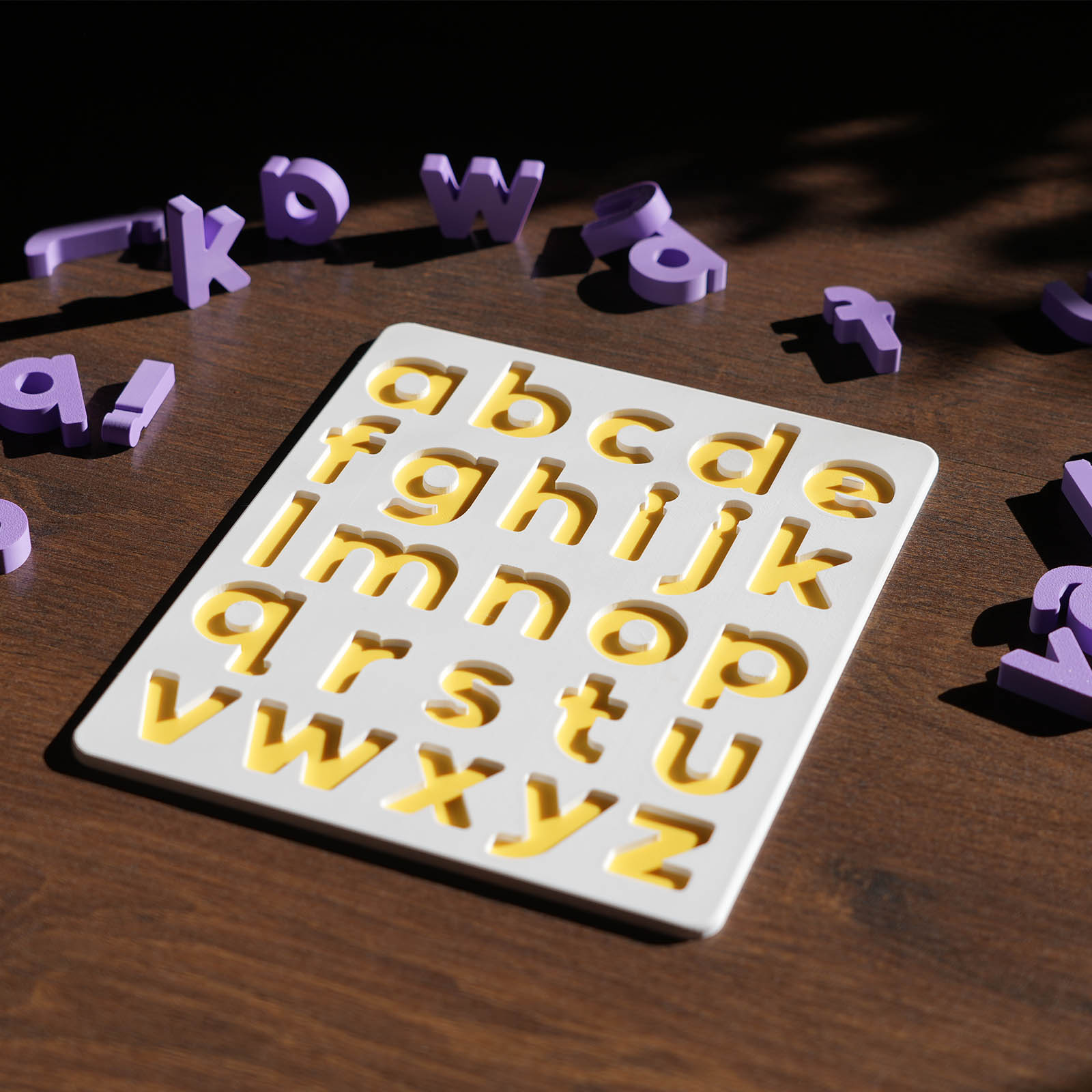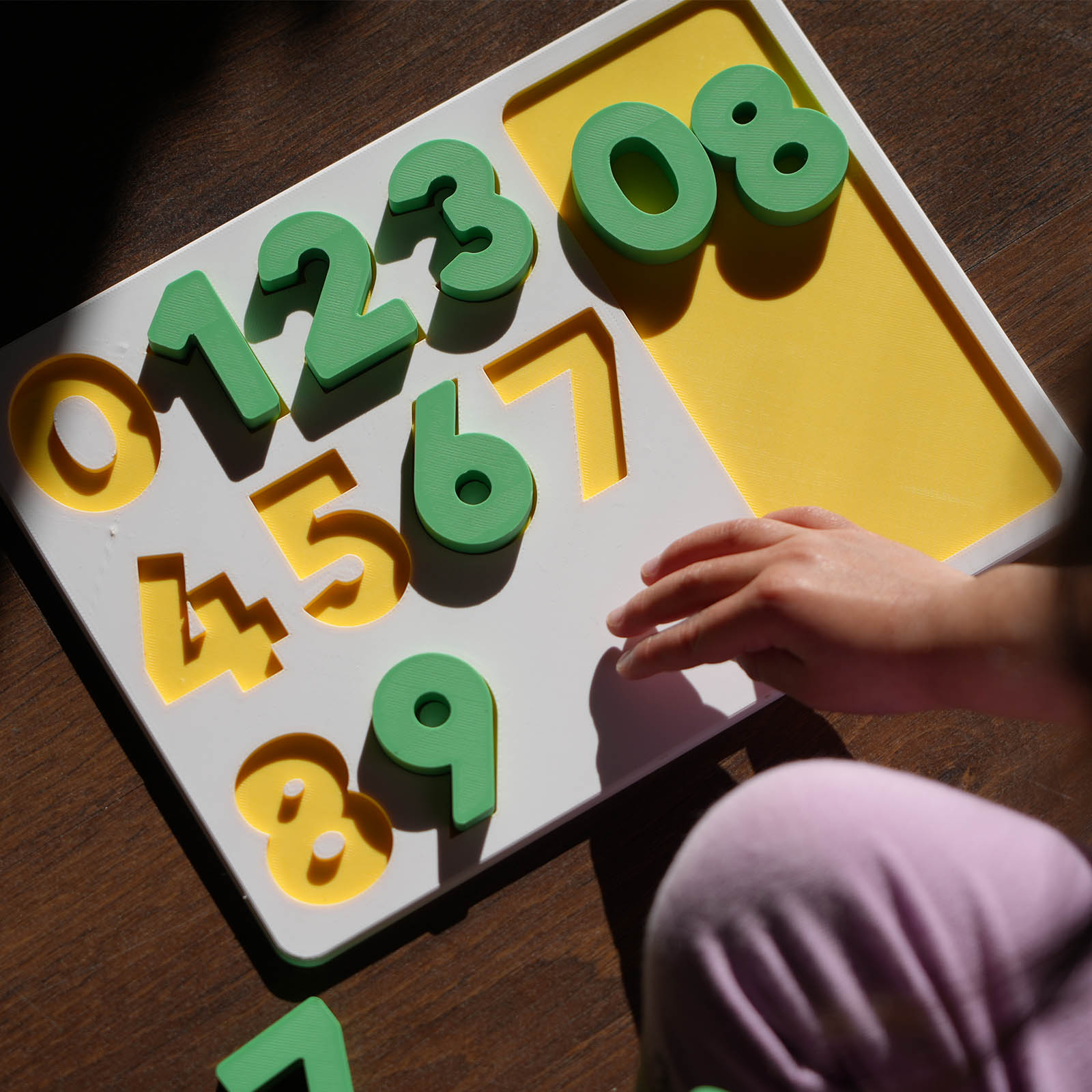🪵 What Is a Montessori Toy Shelf?
Inspired by Dr. Maria Montessori’s educational philosophy, a Montessori toy shelf is an open, child-accessible way of displaying a small number of intentionally chosen toys.
Unlike cluttered toy boxes, this shelf invites calm, focus, and independent play. And you don’t need a fancy classroom to create one — just a little intention and a love for simple, well-designed toys.
📐 Step 1: Choose the Right Shelf
Your toy shelf should:
- Sit low to the ground (so toddlers can access it independently)
- Be open and uncluttered (no drawers or lids)
- Fit around 6–8 toys at a time
You can use an IKEA shelf unit, a repurposed bookcase, or a low wooden bench. What matters most is accessibility and visibility — the child should see everything without needing help.
🧺 Step 2: Select a Small, Thoughtful Toy Rotation
Children thrive when they can focus — and too many toys cause overwhelm. A Montessori-style shelf limits choices so toddlers can explore deeply.
Start with 6–8 toys, mixing:
- Puzzles (e.g. Frankie & Leo’s Alphabet or Shapes Puzzle)
- Open-ended items (like stacking blocks or loose parts)
- Fine motor tools (like threading beads or peg boards)
Store other toys away and rotate every 1–2 weeks based on your child’s interests.
🎨 Step 3: Use Baskets and Trays for Clarity
Group puzzle pieces or smaller sets in shallow trays, small woven baskets or wooden containers. This supports:
- Order: Children can see where everything goes
- Motor skill development: Lifting and carrying builds coordination
- Responsibility: Clear places make tidying easier
For example, our Frankie & Leo Numbers Puzzle fits neatly in a tray with the pieces beside the board — ready for little hands to explore.
🌿 Step 4: Keep It Beautiful and Uncluttered
Montessori environments are intentionally calm and aesthetically pleasing. Here’s how to bring that into your home:
- Stick to natural materials and soft colours
- Leave empty space between each toy
- Avoid flashy packaging, plastic bins, and clutter
Our pastel-toned puzzles are designed to blend into these calming spaces — because toys should enhance your home, not overwhelm it.
🌈 Step 5: Observe and Rotate Based on Interest
If your toddler stops using a toy, that’s your cue to rotate it out. Watch how they play, and update the shelf to reflect their development — perhaps shifting from shape matching to early literacy puzzles.
Pro tip: Store extra toys in a closed box and bring them out like treasures — the excitement of “new” can spark renewed focus.
💡 Final Thought
Creating a Montessori toy shelf isn’t about perfection — it’s about intention. With just a few pieces and a bit of observation, you can build an inviting space that supports your child’s independence, curiosity, and joy of learning.
Explore our range of beautifully crafted educational toys, designed to fit perfectly into any Montessori-inspired home.
👉 Browse Puzzles at Frankie & Leo
📚 Reference:
Lillard, A. S. (2017). Montessori: The Science Behind the Genius. Oxford University Press.


